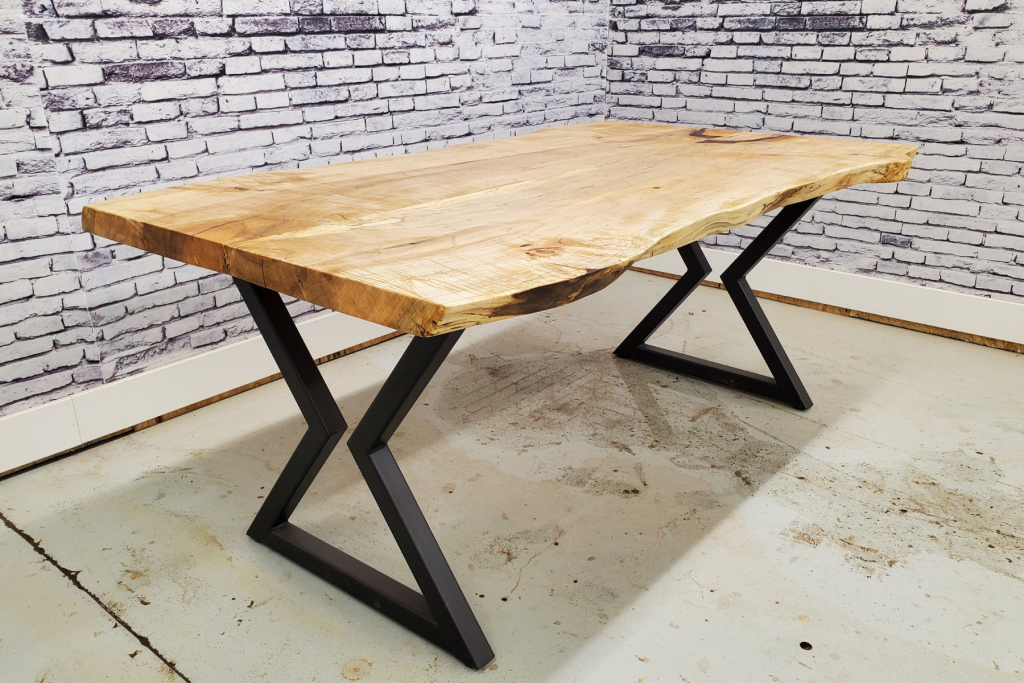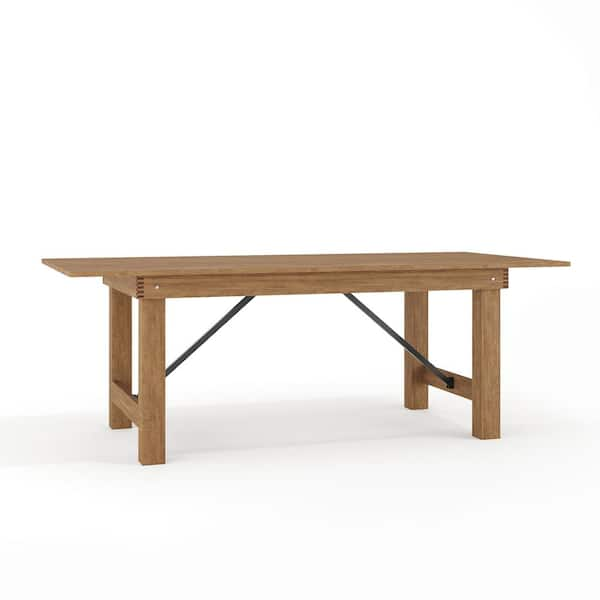Essential Considerations for Picking the Right Eating Table Legs Wood
Selecting the suitable timber for dining table legs includes a nuanced understanding of various aspects that influence both performance and visual charm. The option of timber kind, varying from robust woods to extra delicate softwoods, plays a critical duty in ensuring longevity and security. Each of these components can drastically influence the total experience of your dining area.
Relevance of Timber Type

Hardwoods, such as walnut, maple, and oak, are often liked for their stamina and resistance to use. These kinds of wood give a robust foundation that can withstand day-to-day use, making them perfect for dining tables that experience regular events. In comparison, softer timbers like ache might be more at risk to scratches and damages, which may not be perfect for high-traffic areas.
Additionally, the selection of timber can additionally affect the ease of maintenance. Some timbers call for normal oiling or sealing to preserve their look, while others may be a lot more forgiving. Ultimately, picking the proper wood kind includes balancing aesthetic factors to consider with practical requirements, making sure that the eating table legs not only look enticing but also stand the examination of time.
Assessing Stability and Strength
When evaluating dining table legs, one have to consider the stability and strength they supply to the total structure. The legs are vital in sustaining the tabletop and ensuring the dining experience is satisfying and secure. A steady table is necessary for stopping tipping or wobbling, which can bring about spills or crashes throughout meals.
The option of wood kind considerably influences stamina. Woods such as oak, walnut, and maple are commonly much more durable and durable than softwoods like pine or fir. Additionally, the thickness and layout of the legs play a critical role; thicker legs or those with a tapered layout can supply better support and stability.

Visual Factors To Consider
While capability is paramount, the aesthetic allure of eating table legs can not be neglected, as they dramatically affect the overall style and ambiance of the dining space. The selection of style, coating, and timber can take away or enhance from the table's visual influence.

Finishes also play a critical function in appearances. A natural surface can highlight the wood's innate charm, while repainted or stained legs can introduce color and character into the room. Additionally, the percentage and range of the legs about the tabletop and surrounding furniture needs to be taken into consideration to guarantee aesthetic balance and communication.
Inevitably, the table legs should not only offer a functional function however likewise contribute to a cohesive and welcoming ambience, making them a vital consideration in the overall style of the dining area.
Upkeep Needs
To make certain durability and protect the elegance of wood dining table legs, normal upkeep is essential (Dining Table Legs Wood). Timber is a natural material that can be vulnerable to damage from dampness, heat, and put on. Establishing a regular care strategy will significantly boost the sturdiness of your eating table legs.
Begin with regular cleaning utilizing a soft, lint-free cloth to remove dust and particles that can scrape the surface area. For even more extensive cleansing, utilize a mild soap remedy and damp fabric, avoiding excess wetness that might leak into the timber. It is a good idea learn the facts here now to apply a top notch wood polish or conditioner every few months to nurture the timber and preserve its gloss.
In addition, think about the atmosphere where the table is placed. Avoid straight sunshine, as it can create fading, and utilize coasters or placemats to safeguard the surface area from heat and wetness. Attend to any kind of scratches or dents immediately with appropriate timber filler or touch-up pens to prevent more wear and tear. By sticking to these maintenance demands, you will not just protect the visual appeal of your wooden eating table legs however additionally expand their functional life-span.
Spending Plan and Price Aspects
Budget plan and price factors regularly play an important function in the decision-making procedure for choosing wood table legs. When examining alternatives, it is vital to develop a clear budget plan that aligns with your general furnishings investment. The cost of wood table legs can differ considerably based upon the sort of design, wood, and craftsmanship intricacy.
Hardwoods such as oak, walnut, and cherry usually regulate greater rates because of their toughness and aesthetic appeal. In comparison, softer woods like ache may be extra economical but could not provide the exact same long life. In addition, customized or artisan-crafted legs can sustain additional prices, reflecting the skill and time purchased their production.
It is also vital to consider the prospective long-term value of your investment. While choosing for lower-cost materials may seem financially sensible originally, they might call for more regular replacement or fixings, inevitably boosting total expenditure.
For that reason, balancing quality and expense is important. Prioritize materials that satisfy your aesthetic preferences while ensuring they fit conveniently within your budget plan, permitting you to create an eating area that is both aesthetically appealing and functional.
Final Thought
In final thought, selecting the appropriate wood for dining table legs demands careful consideration of various factors, including timber type, stability, looks, maintenance, and budget plan. Eventually, a well-informed choice will enhance the durability and visual charm of the eating table, ensuring fulfillment and capability for years to come.
Selecting the right type of wood for dining table legs is important for both aesthetic charm and structural honesty. Inevitably, choosing the ideal wood kind entails balancing visual factors to consider with useful requirements, guaranteeing that the eating table legs not just look enticing yet also stand the examination of time.
It is advisable to use a top quality timber polish or conditioner every couple of months to nurture the wood and preserve its radiance.
The expense of wood dining table legs can vary substantially based on the kind of style, workmanship, and timber intricacy.
In verdict, choosing the appropriate timber web for eating table legs requires careful factor to consider of numerous aspects, including wood kind, security, aesthetic appeals, maintenance, and budget plan.